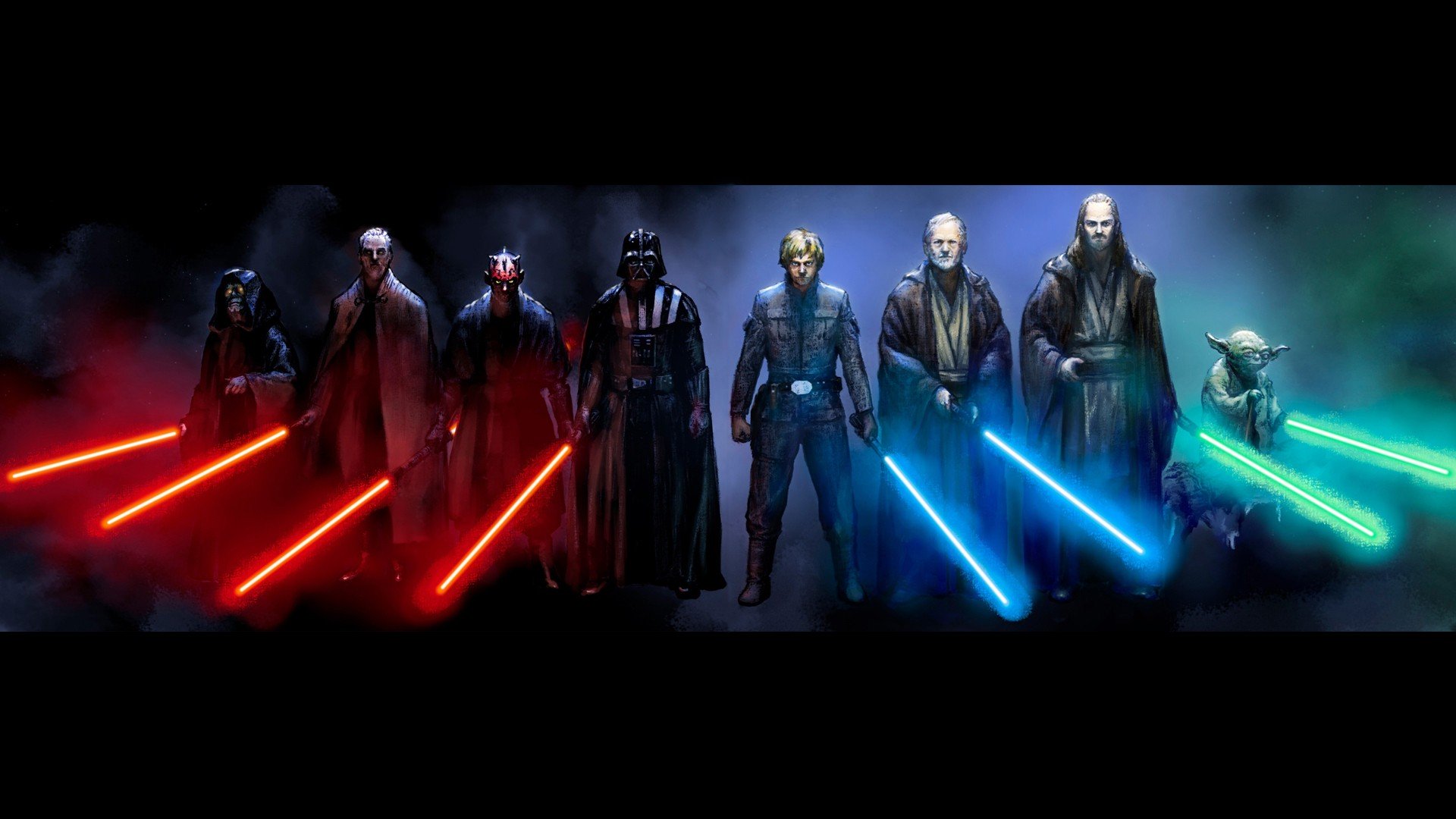| Platforms: | PC, Mac, Dreamcast, Nintendo 64 |
| Publisher: | LucasArts |
| Developer: | LucasArts |
| Genres: | Racing / Arcade Racing |
| Release Date: | 1999 |
| Game Modes: | Singleplayer / Multiplayer |
While Star Wars: Episode I – Racer is not as good as the more refined LucasArts Star Wars classics like X-Wing Alliance and Jedi Knight, it’s considerably better than some of the other cross-platform arcade fluff LucasArts has produced under the same label. What’s more, it’s fast. Racer recreates the pod race scene on Tatooine from the movie. You pilot what is essentially a small pod that is attached to two giant aircraft-style engines of some indeterminate means of propulsion. While it’s hard to tell what the resulting concoction should actually feel like in a physics sense, the game gives the pods the handling of a Jet Ski from Jet Moto.
The most obviously appealing aspect of the game is its superb simulation of speed. The pods travel at 400-500 MPH, and can reach speeds near 1000 MPH with their boost enabled. As you twist and turn your way around the tracks, you’ll be amazed at how quick you can react to, for example, a closing door or a protruding wall. Graphics purists can and will pick apart the 3D engine that drives this game, pointing out its myriad deficiencies—for every slick 3D effect you’ll notice two ugly ones.
Read and Dowload Here Download Star Wars.

The game starts with only a few tracks available, and more are unlocked as you win races (there are 21 tracks in all). Upon winning a race in the campaign you also win the track record holder’s pod, which can then be used in subsequent races. Between races you can upgrade your pod by visiting Watto’s junk shop, but the game’s mishandling of the in-race repair function makes this aspect of the game somewhat unsatisfying. Repairing during a race is pointless—you’re better off just crashing it into a wall, as the recovery takes less time (and hassle) than shutting down an engine and repairing it. For that reason you can focus on engine and turning improvements while ignoring repair modifications when upgrading your pod.
The game initially feels quite easy. You probably won’t lose a race until about midway through the “Semi-pro” circuit. At this point you’ll realize that it is important to match the pod to both the track and your particular race style (i.e. if you run into walls a lot, get a pod with quick acceleration at the expense of top speed). Once armed with this knowledge, you may find yourself winning races on the first try on even the “Invitational” level tracks.
What’s surprising about the game’s overall ease is the wonderfully twisted (in a literal sense) and complex design of the tracks. The races take place on eight different worlds, and each has a unique series of tracks that often share certain segments (like in Need for Speed III) but never feel like mere rehashes (a la Ultim@te Race Pro). Some are incredibly long and most have multiple paths, some of which can save you time or even add to it. But even with the superb design, certain pods seem to have an advantage. Neva Kee’s is the most unbalancing, featuring amazing acceleration and the ability to turn on a dime.
One residual effect of the game’s cross-platform nature, and the only aspect of the game that even begins to point to a rush job, is the mix between high- and low-resolution text on some of the menus. There’s also a consistency problem in the interface—some functions allow you to use the mouse while others force you to use the keyboard or joystick.

Star Wars Episode 1 Free Download In Hindi

Star Wars Episode 1 Wikipedia
System Requirements: Pentium 166 MHz, 32 MB RAM, Win95
Star Wars Episode 1 Free
- Buy Game:
www.amazon.com - Download Demo
archive.org - Vintage Website
www.lucasarts.com